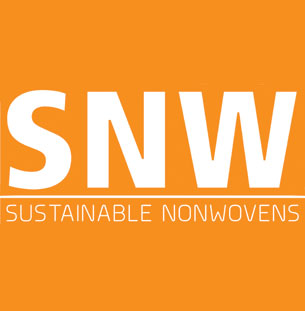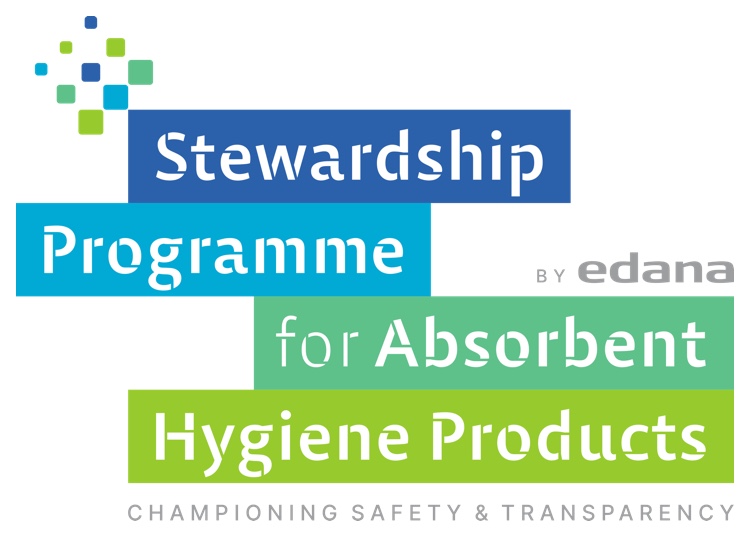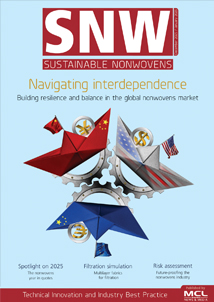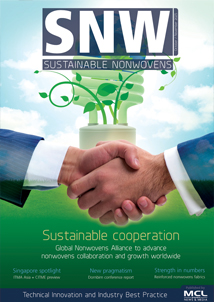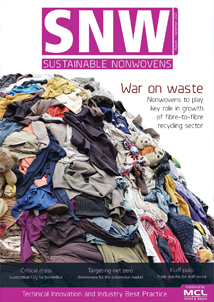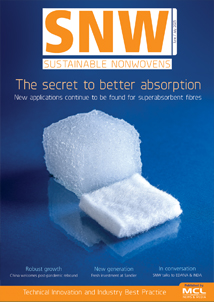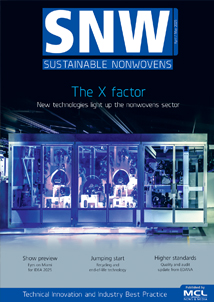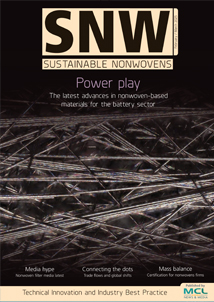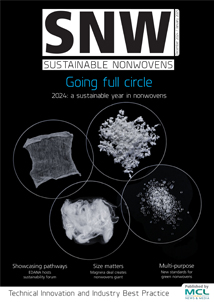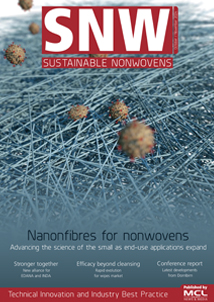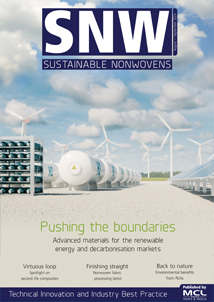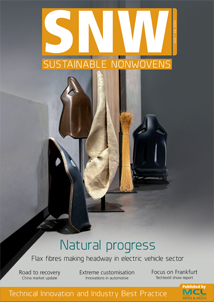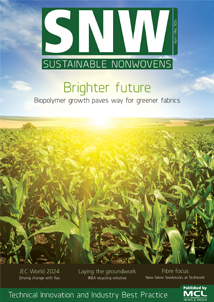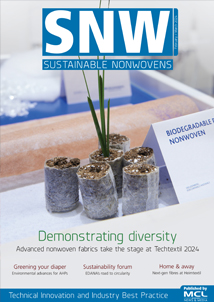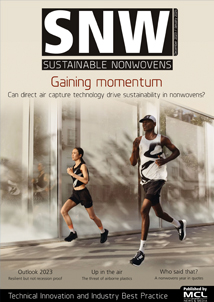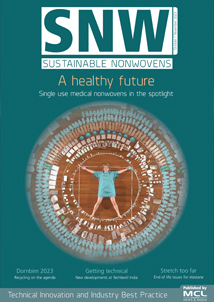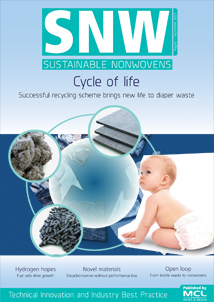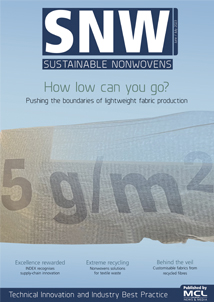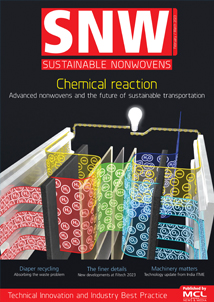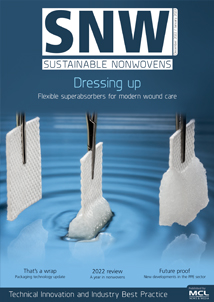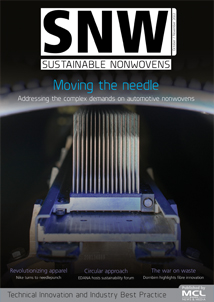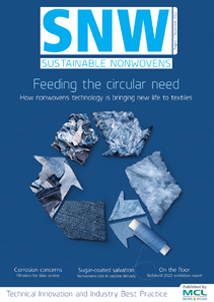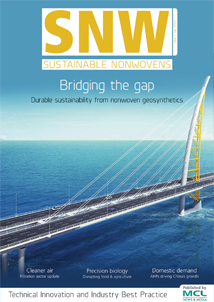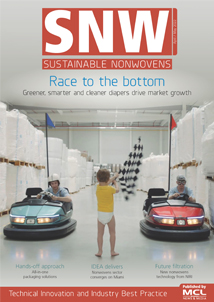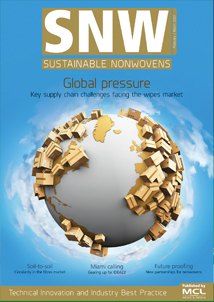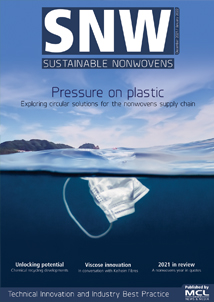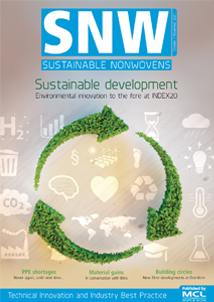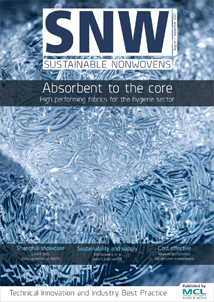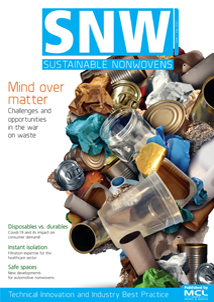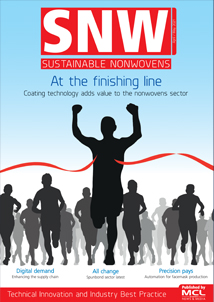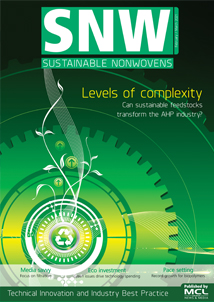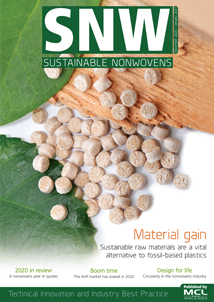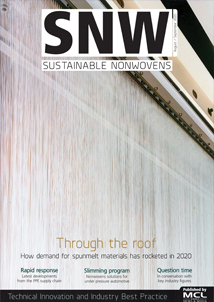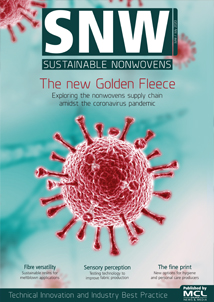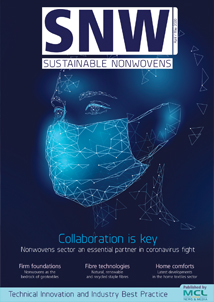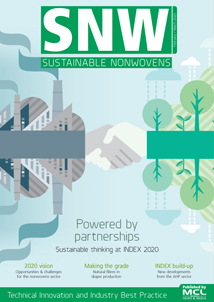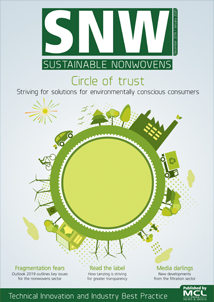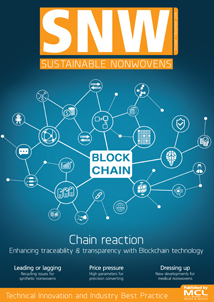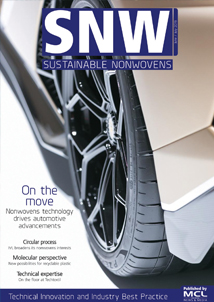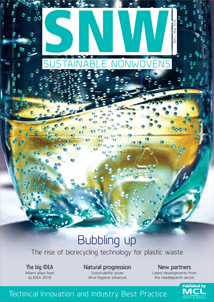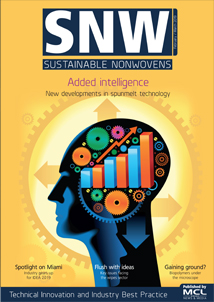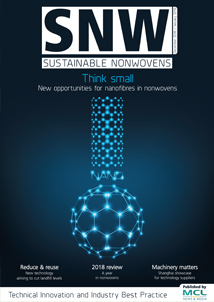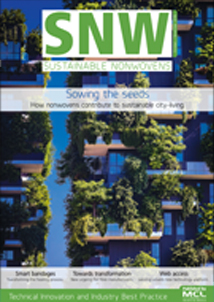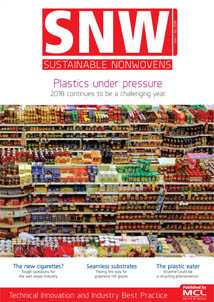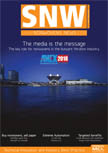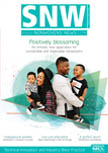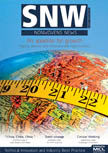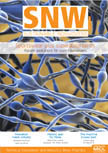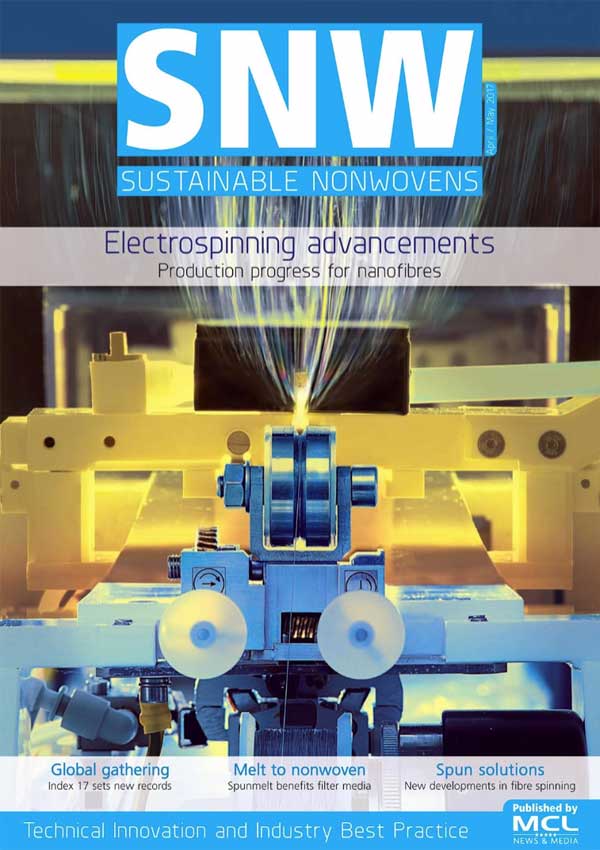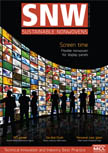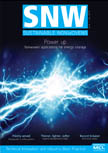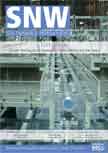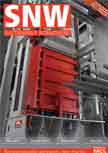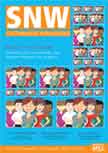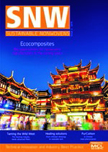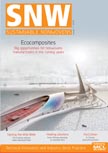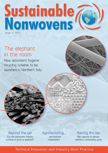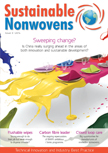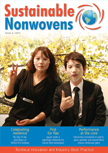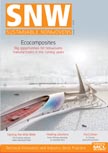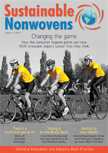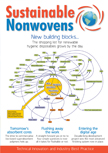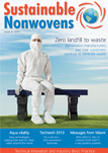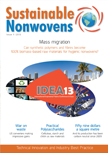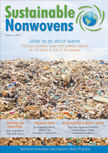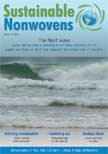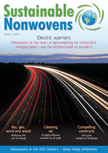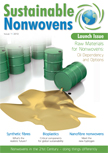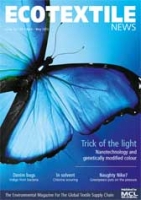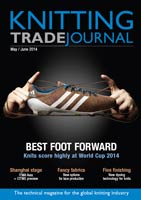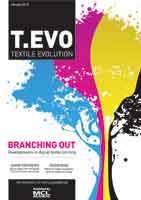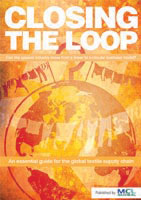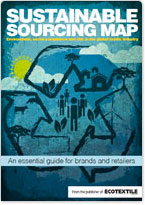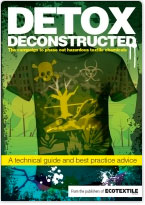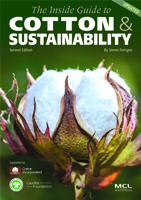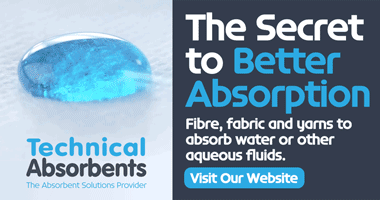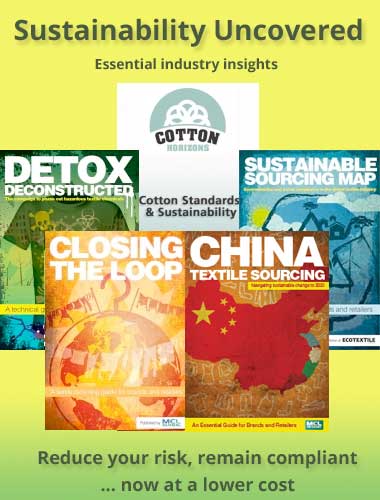BRUSSELS - EDANA General Manager, Murat Dogru, elaborates on EDANA’s Stewardship Programme for Absorbent Hygiene Products, with its core being CODEX, and on the importance of having an industry Stewardship Programme.
 From parents raising children to women managing their monthly cycles and individuals facing incontinence, millions of people rely on absorbent hygiene products (AHPs) every day. These essentials have become indispensable allies in daily life, promoting better skin health and overall well-being. For families, the softness and absorbency of modern diapers mean comfort for the child and convenience for the parent. For women, menstrual products provide the freedom to remain active and independent. For individuals with incontinence and their caregivers, these products are transformative, enabling social participation, preserving dignity, and simplifying care routines. The industry, therefore, has always chased the same objective: making the safety and transparency of these products their bedrock.
From parents raising children to women managing their monthly cycles and individuals facing incontinence, millions of people rely on absorbent hygiene products (AHPs) every day. These essentials have become indispensable allies in daily life, promoting better skin health and overall well-being. For families, the softness and absorbency of modern diapers mean comfort for the child and convenience for the parent. For women, menstrual products provide the freedom to remain active and independent. For individuals with incontinence and their caregivers, these products are transformative, enabling social participation, preserving dignity, and simplifying care routines. The industry, therefore, has always chased the same objective: making the safety and transparency of these products their bedrock.
As part of its commitment to this responsibility, EDANA, the global association for the nonwovens industry, has established a powerful framework to bolster consumer trust. This approach is built on a voluntary initiative: the Stewardship Programme for Absorbent Hygiene Products.
What is the EDANA Stewardship Programme for AHPs?
Building on a long-standing record of responsible product management, the AHP industry took a proactive step to enhance consumer trust and transparency through the establishment of EDANA’s voluntary Stewardship Programme in 2020. This initiative was born from a desire to address public concerns regarding the potential for trace chemicals in AHPs and to demonstrate industry’s willingness to go voluntarily beyond existing product legislation to give consumers maximum confidence in the safe use of these products. Even though rigorous analyses confirm these trace amounts are well below any regulatory limits and pose no risk to health, the programme was established as a clear signal of the industry's commitment to consumer reassurance.
The Stewardship Programme itself is a comprehensive framework resting on three distinct pillars. The core of the program is the CODEX. This is supported by the Charter, the formal document that companies sign to affirm their commitment to the Program's principles, and a robust governance structure, ensured by the AHP Committee, as well as a Scientific Advisory Group (SAG), which provides expert advice on the EDANA Stewardship Programme CODEX.
CODEX - The Core of the Programme
First, the CODEX establishes a specific list of trace chemicals. These are not substances intentionally used in manufacturing, but rather impurities that have a theoretical chance of appearing in the supply chain. The substances on this list were chosen based on specific criteria: they might be common environmental substances, they may be under regulatory investigation, or they may be chemicals that EDANA members have a long history of tracking. This list includes classes such as PAHs, dioxins, phthalates, phenols, pesticides, organotins, metals, and formaldehyde, all of which are subject to EU regulations on classification and labelling. While the list is comprehensive, companies are entirely free to expand their own internal testing to include other chemicals.
The list is designed to be a living document, with the potential to add substances like volatile organic compounds (VOCs) or certain fragrance allergens in the future, once suitable analytical methods and reference values become available.
Second, for every substance on its list, the CODEX defines clear guidance values. The signatories of the program commit not to exceed these values. The development of these values follows a logical, tiered approach. The first step was to consult existing EU regulations, such as REACH or rules for neighbouring sectors like textiles and toys, with the option to set even stricter limits based on industry data. If no regulatory limits exist, the second step is to consider national legislation or other established standards. Complying with the CODEX guidance values is a voluntary step; manufacturers remain free to go beyond based on their own product safety assessments.
Finally, a crucial element of the CODEX is its test methods. EDANA has developed a consumer relevant test method to detect and quantify trace chemicals potentially present in AHPs. The method was developed to address the lack of recognized, peer-reviewed, fully validated, and consumer-relevant analytical methods—a gap also acknowledged by committees within the European Chemicals Agency (ECHA) . Creating a single, harmonised test method is critical because the choice of method dramatically affects results, especially when measuring the incredibly low concentrations typical of trace chemicals. The EDANA method, the CEN CWA18062, was therefore developed to be robust, repeatable, and relatively easy for laboratories to adopt, ensuring that results are always consistent and reflect real-world consumer conditions.
The EDANA method is based on extracting milled, homogenized AHP material with an aqueous-based body fluid simulant for urine for baby diapers and adult incontinence, and an aqueous-based menses simulant for feminine hygiene products. The concentration of a trace chemical present in the extract is then analyzed via one or more analytical instrumental analyses. It needs to be noted that this method produces very conservative results as it allows for a more intensive extraction of potentially present chemical substances from the product than under normal conditions.
Why is this important?
Transparency is a foundational principle of the EDANA Stewardship Programme for Absorbent Hygiene Products. A core objective is to significantly enhance openness regarding the components used in AHPs, the diligent management of any trace chemicals, and the rigorous safety evaluation processes these products undergo. This commitment extends to empowering consumers with understandable information.
Signatories to the programme explicitly undertake to participate in communication activities designed to improve consumer understanding of trace level impurities and the industry's responsible management of them.
The design of the CODEX as a "living document" is central to its credibility and effectiveness. This evolving approach ensures the CODEX stays aligned with scientific progress and societal expectations Following recent reports, industry continues its efforts seeking to further improve the analytical work, which is a concrete example of the industry’s profound commitment to upholding its objectives.
Moreover, the Stewardship Programme’s charter, which serves as a formal expression of commitment, has been revised and is currently being signed by both existing and new member companies, reaffirming their determination to uphold the principles of the programme. These are just two examples of the proactiveness of the industry when it comes to safety and transparency.
The significant market share held by signatories of this voluntary programme speaks volumes about its impact. When major industry players, collectively representing such a large portion of the market, commit to a voluntary set of standards, those standards effectively begin to function as a de facto industry benchmark.
The EDANA Stewardship Programme for Absorbent Hygiene Products is a living commitment, one that constantly adapts to the latest science and to what society expects. Because it evolves, the programme stays at the forefront of product safety. This builds real credibility with our partners and earns the deep confidence of consumers.
Going beyond regulatory requirements is central to this work. For member companies, it is a strategic investment in the industry's long-term resilience and market trust. It comes down to a shared conviction: that putting consumer safety first is fundamental, and that industry wants to assure consumers that they take concerns very seriously and confirm that AHP products continue to be safe for consumers.
For further details contact: This email address is being protected from spambots. You need JavaScript enabled to view it.
[1] https://susproc.jrc.ec.europa.eu/product-bureau/sites/default/files/2022-11/Appendix_Table%20of%20comments_TR3_AHP.pdf
